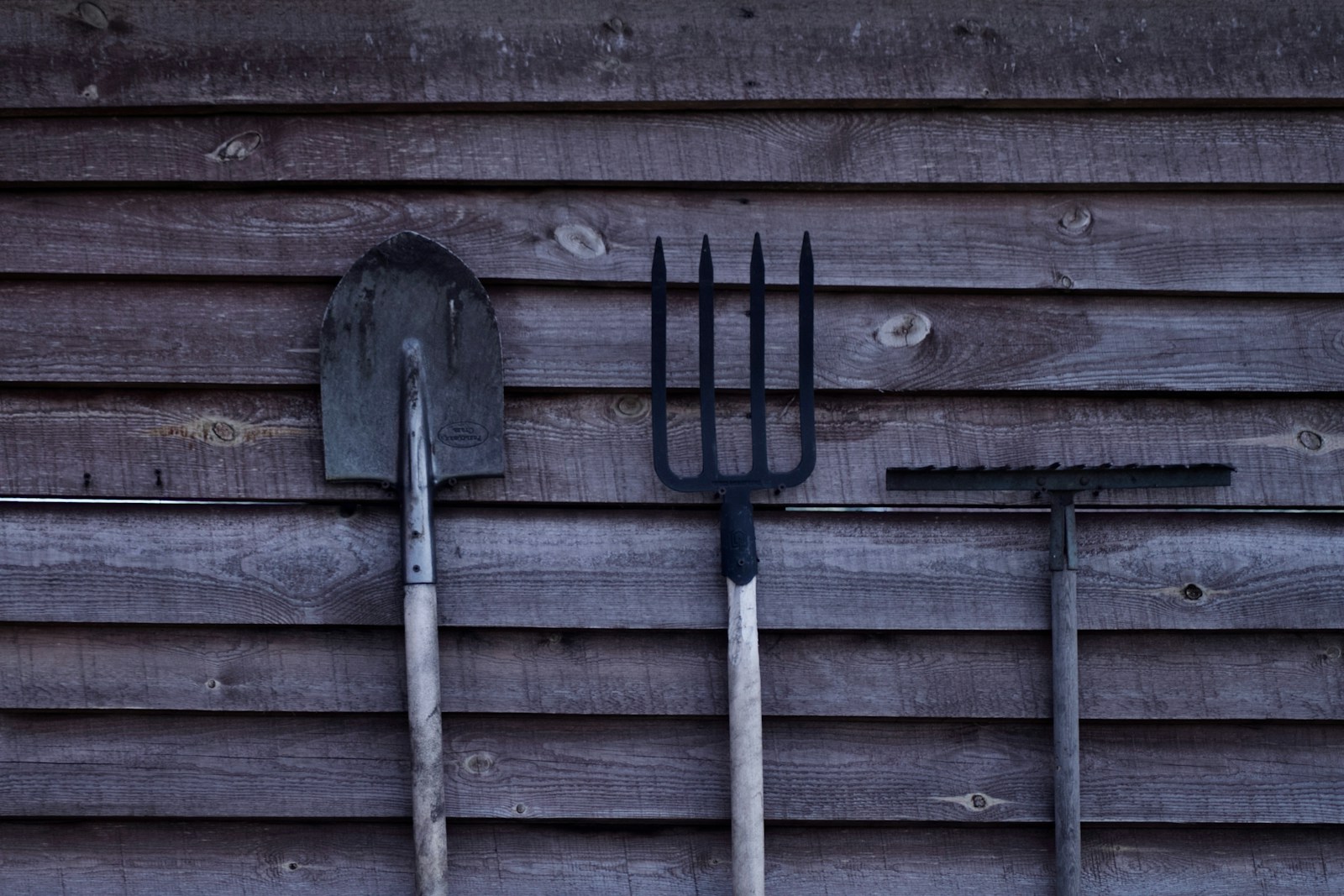What to Do with Your Garden Tools Before Winter Hits: Easy Tips to Prep and Protect Them
If you’ve ever pulled out your garden tools in spring only to find them rusty or broken, you know how frustrating it can be. Winter can be tough on your gear, but a few simple steps now can keep everything in great shape for next season.
Getting your tools ready before the cold sets in means fewer headaches later. With a bit of prep, you’ll save money and avoid last-minute repairs when it’s time to get back outside.
Clean all dirt and plant residues off blades and handles
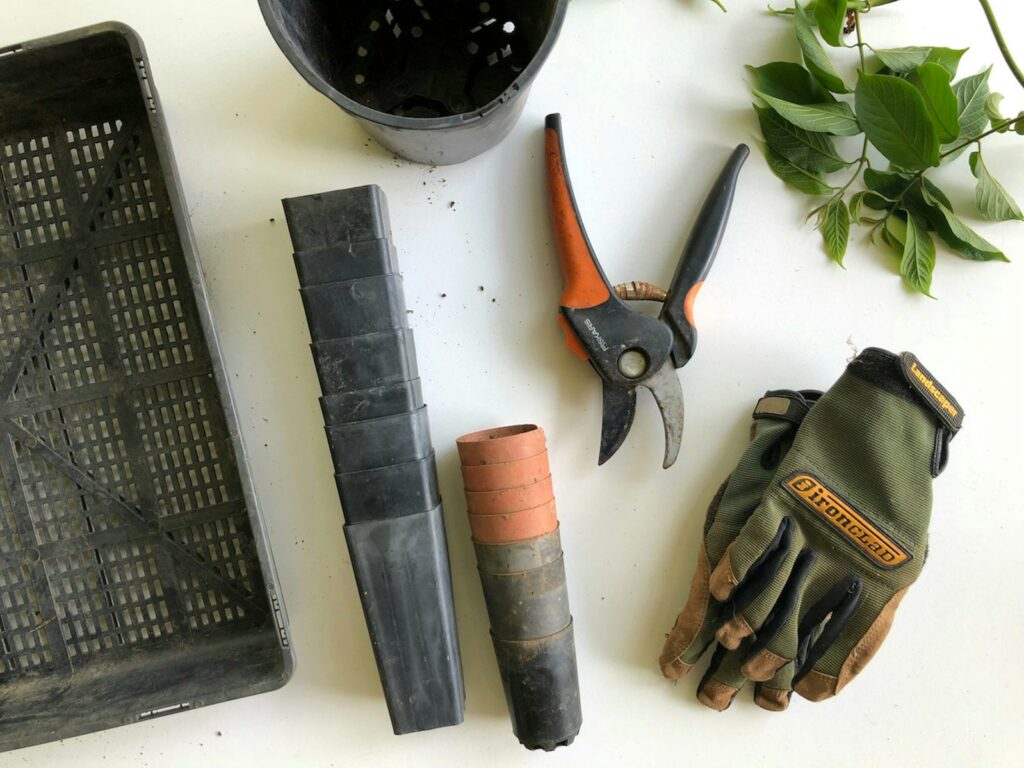
Start by removing all dirt and plant material from your garden tools. Use a stiff brush or scraper to get rid of clumps of soil and stuck-on debris.
If there’s sticky sap or plant residue, soak the tools in warm, soapy water for a few minutes. Then, scrub with a sponge or brush to clean the blades and handles.
Open any tools with moving parts, like pruning shears, to clean inside the hinges. After cleaning, dry each tool fully to prevent moisture damage.
Sharpen blades using a whetstone or sharpening tool
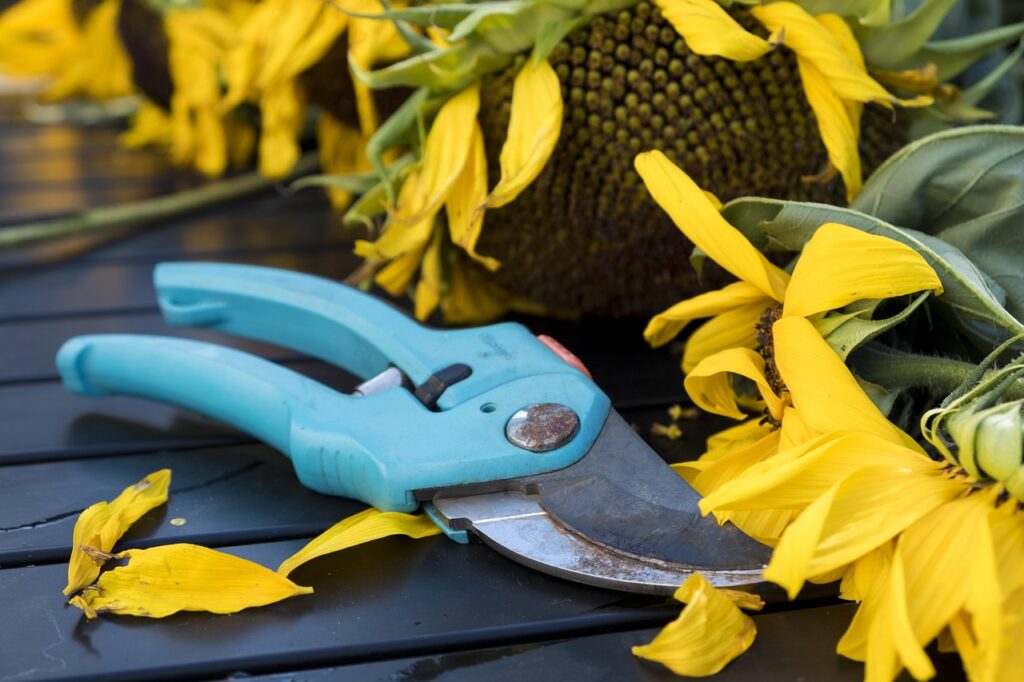
Dull blades can make gardening a chore. Using a whetstone or sharpening tool keeps your blades in top condition.
First, clean your tools to remove any dirt or rust. Wet the whetstone with water or oil, then hold the blade at a steady angle and move it back and forth along the stone.
Keep the same angle for a neat, sharp edge. For bigger blades, files or grinders work well.
Sharp tools make cutting and digging easier and safer. They also help your plants by making cleaner cuts.
Oil metal parts with vegetable oil or WD-40 to prevent rust
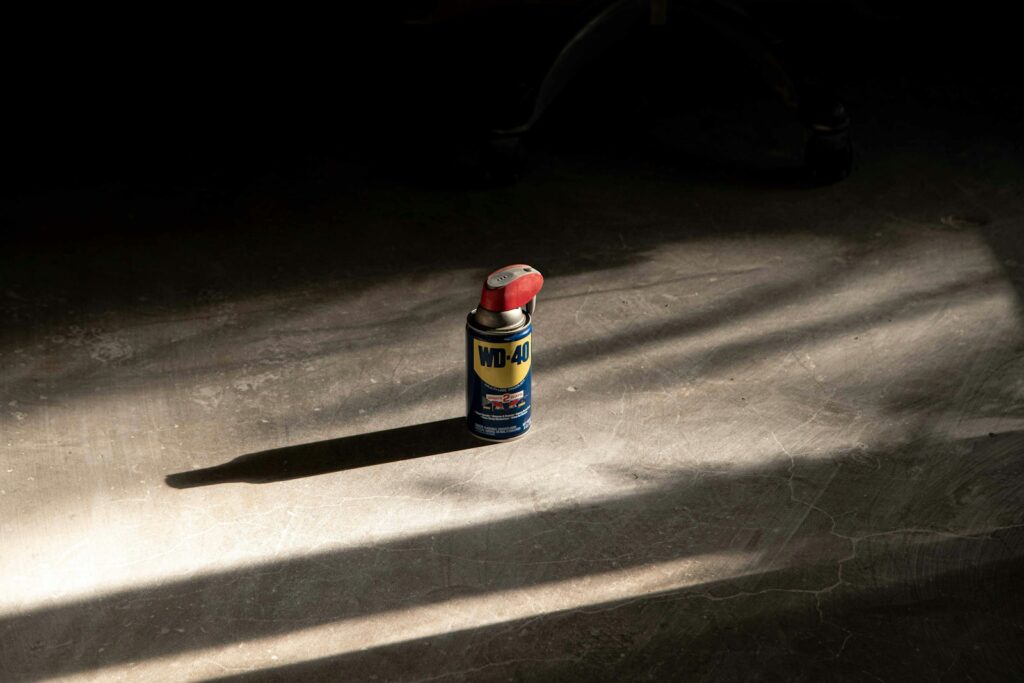
Oiling the metal parts of your garden tools is a quick way to prevent rust. Use vegetable oil or WD-40 for this job.
Wipe a small amount of oil on the metal parts with a cloth. If you use WD-40, spray a light layer on the surfaces.
Always clean your tools before oiling them so the oil can do its job. This helps your tools stay in good shape all winter.
Check wooden handles for cracks and sand them smooth
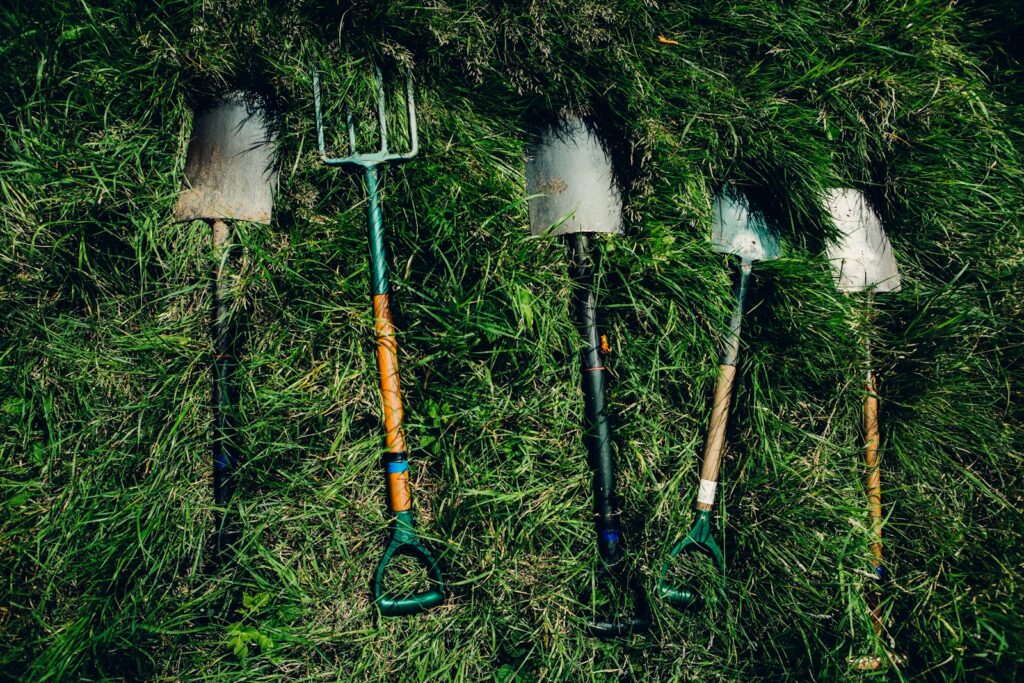
Take a close look at the wooden handles on your garden tools. Check for cracks, splinters, or rough spots.
If you find any, sand them down with medium to fine sandpaper. Sanding smooths out rough areas and removes old finishes.
After sanding, your handles will feel better in your hands and be safer to use next season.
Apply linseed oil to wooden handles for protection
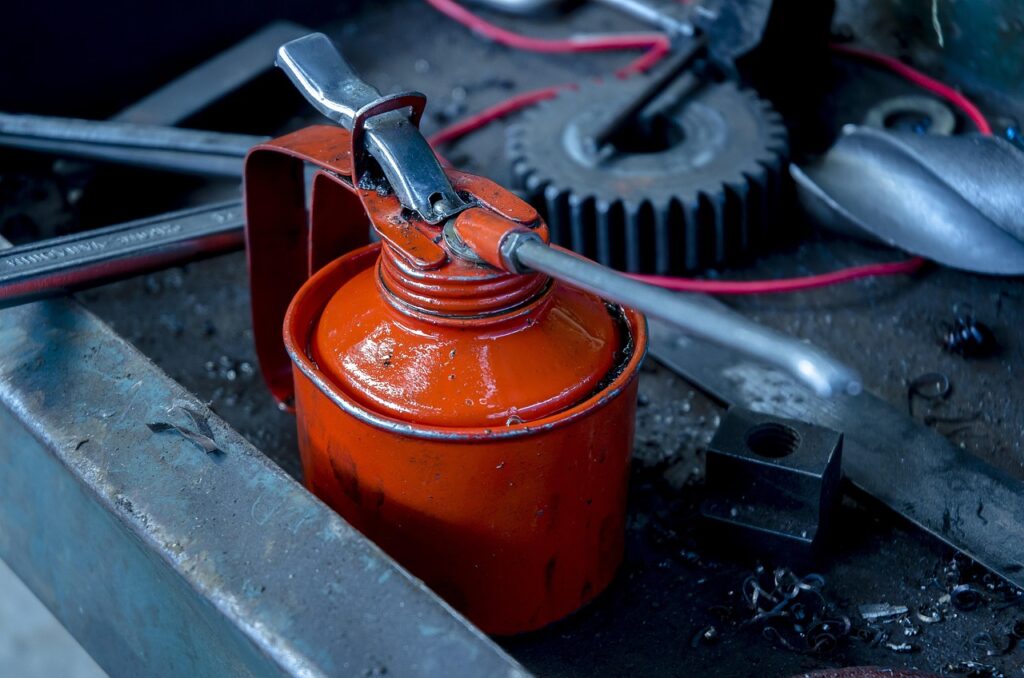
Applying linseed oil to wooden handles helps protect them from drying out and cracking. Boiled linseed oil dries faster and works well for this.
Use a clean cloth or small brush to apply the oil evenly. Let it soak in for about 15 to 20 minutes, then wipe off any extra oil.
Treating your handles once a year, usually in late fall, keeps them smooth and helps them last longer.
Tighten loose screws and bolts on tools

Check your garden tools for any loose screws or bolts. Tightening them keeps your tools safe and ready for next season.
Use the right screwdriver or wrench to avoid damaging the screw heads. If a screw just spins in the hole, try adding a bit of wood filler or wrapping some tape around the screw before putting it back.
Don’t forget to check handles on shovels or rakes. Loose handles can make the tool harder to use.
Replace or repair damaged parts before storing
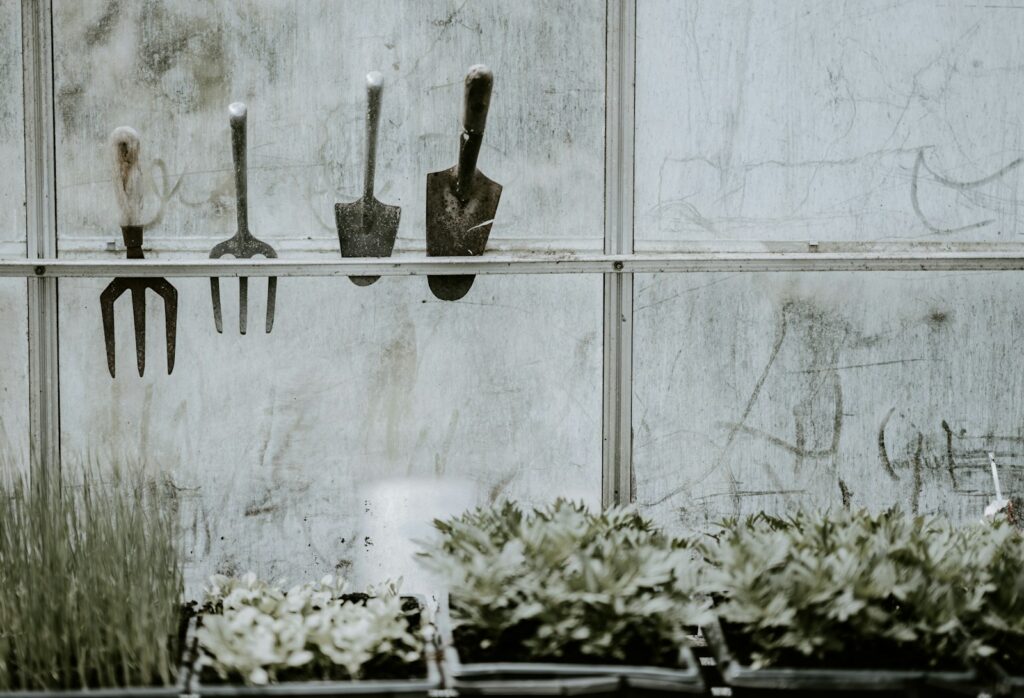
Take some time to check your tools for damage before storing them away. Look for loose handles, broken blades, or worn-out parts.
If you find broken or damaged parts, replace them if you can. Many replacement parts are easy to find online or at garden stores.
Repairing or replacing parts now helps prevent further damage while your tools sit unused.
Drain garden hoses completely and store them indoors
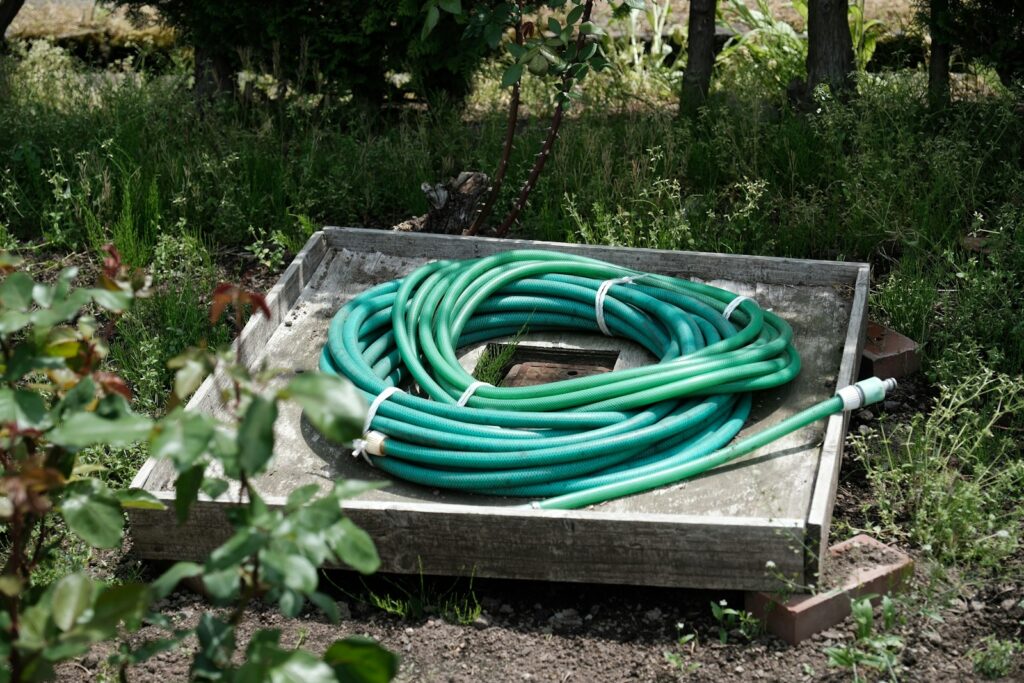
Drain all the water from your garden hoses before the cold weather hits. Water left inside can freeze and cause the hose to crack.
After draining, coil your hose loosely to avoid kinks. Store your hoses indoors, like in a garage or basement, to keep them safe from freezing temperatures.
If you don’t have indoor space, place the hose somewhere sheltered and off the ground.
Store tools in a dry, well-ventilated shed or garage
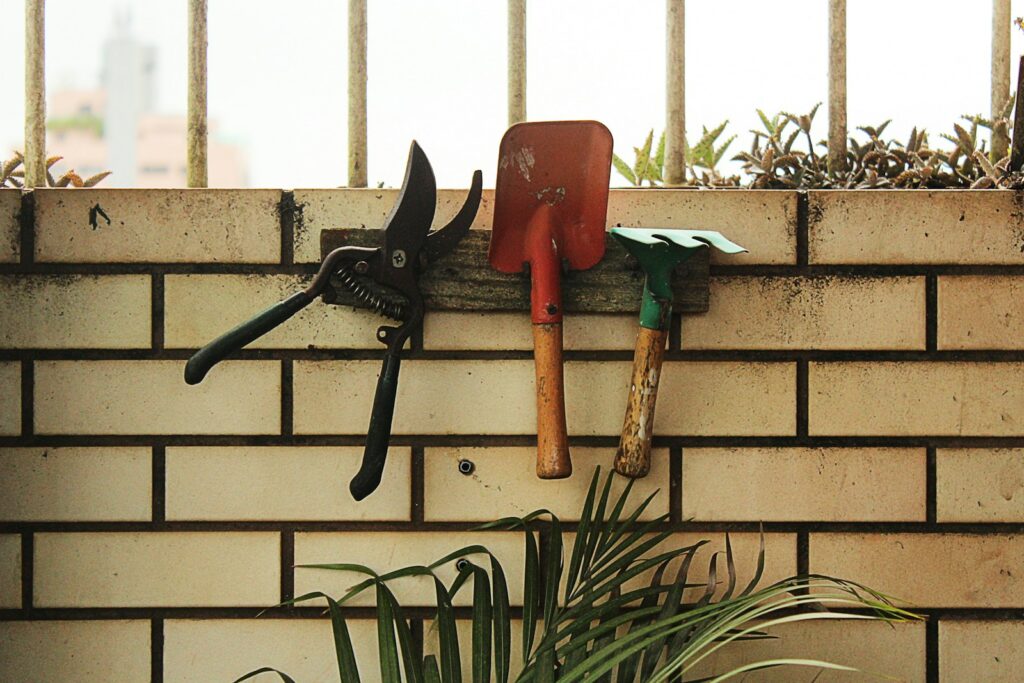
Keep your garden tools in a dry place like a shed or garage. Damp areas can cause metal to rust and wood handles to rot.
Good air flow is important, so make sure your storage area has some ventilation. Hang tools vertically on racks or pegboards to save space and keep blades off the ground.
If you must store tools outside, use a weatherproof cover in a well-ventilated spot.
Hang tools on wall racks to avoid moisture contact
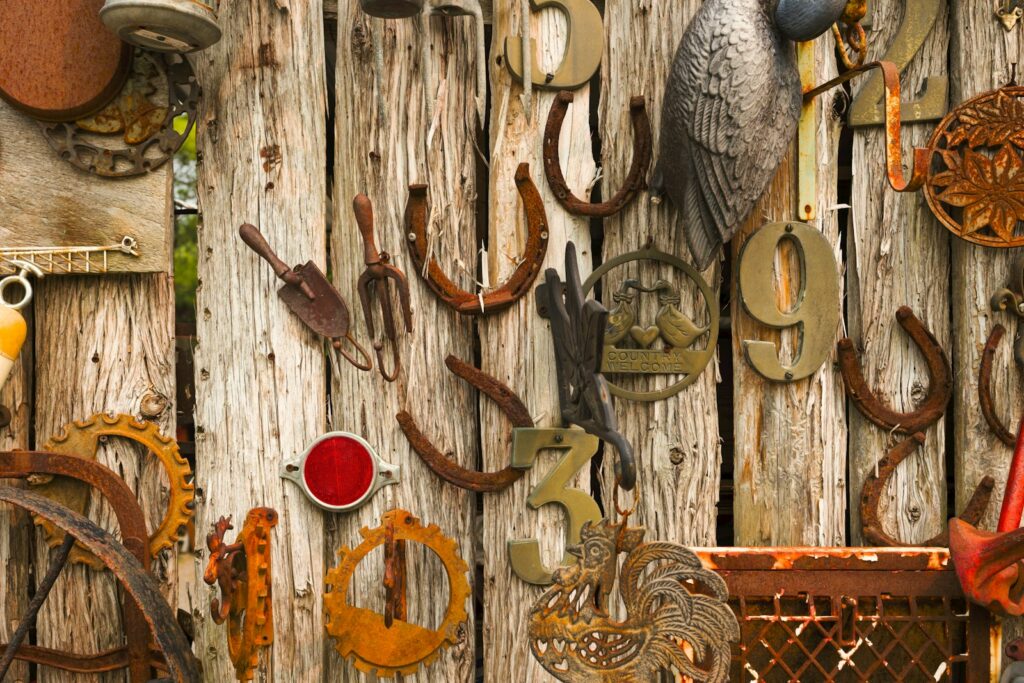
Hanging your garden tools on wall racks keeps them safe from moisture and dirt. Tools on the ground can easily pick up water and rust.
Use wall-mounted racks or pegboards in your garage, shed, or backyard wall. This keeps tools organized and easy to find.
Before hanging, clean your tools well and use protective covers for sharp blades.
Use silica gel packets in toolboxes to absorb humidity
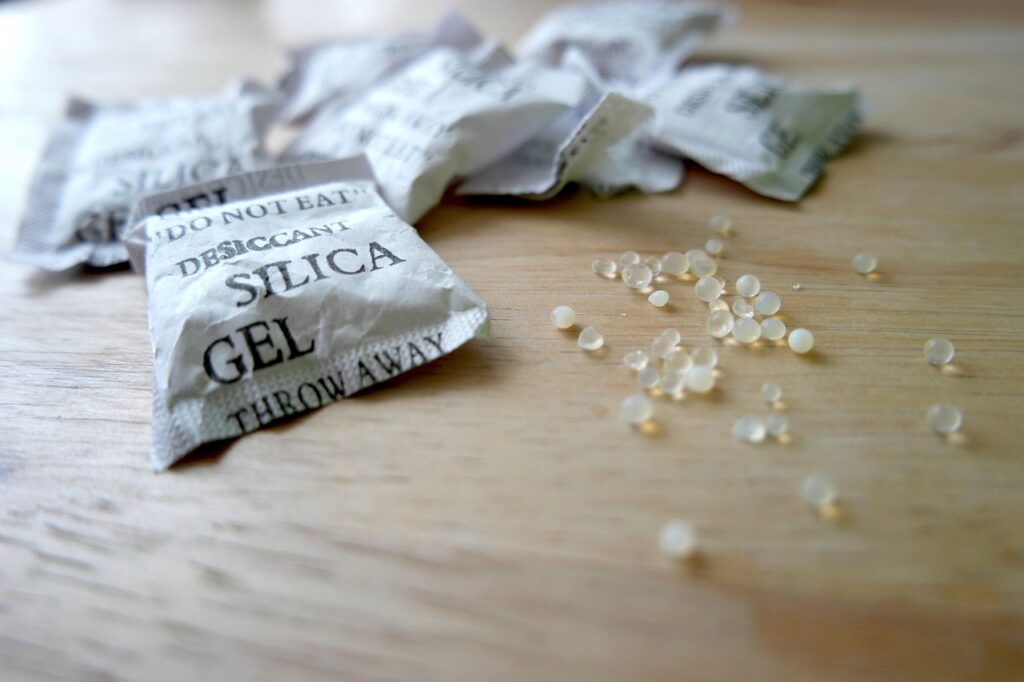
Moisture in the air can cause your garden tools to rust. Placing a few silica gel packets inside your toolbox helps absorb humidity and keep the air dry.
You can reuse silica gel packets from shoe boxes or electronics packages. Just toss a couple into your toolbox to soak up extra moisture.
This small step helps your tools stay sharper and last longer.
Remove soil from pruners and apply disinfectant

Clean your pruners by removing all soil and plant debris from the blades. Use a brush or cloth to get rid of dirt.
After cleaning, disinfect the blades to kill any plant diseases or pests. Use household disinfectants like Lysol or Clorox wipes.
Let the disinfectant sit for at least 10 minutes, then rinse and dry the blades completely. This keeps your pruners in good shape for next season.
Cover metal tools with rust-preventive covers

When winter is on the way, it is easy to forget about your garden tools. Cold weather and damp conditions can quickly lead to rust if your tools are left unprotected.
Rust forms when metal is exposed to moisture and air. Using rust-preventive covers can help keep your tools in good shape.
You can try fabric covers or plastic cases for each tool. Always make sure your tools are clean and fully dry before putting them away.
For a bit more peace of mind, wrap your tools in cloth treated with rust prevention wax. This creates an extra barrier against dampness.
Storing your tools in a dry and ventilated spot also helps prevent rust. Taking a few minutes to do this can save you from dealing with rusty, damaged tools later.
When spring rolls around, you will be glad your tools are ready to go.

